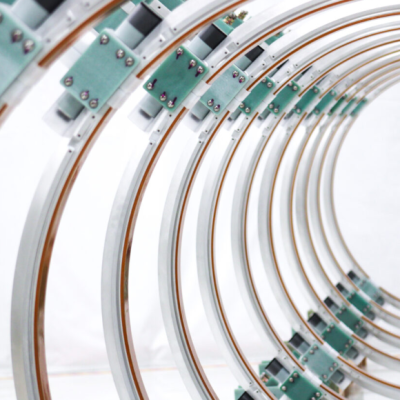Japan has embarked on the development of its own nuclear fusion reactor, with plans to have a prototype operational by 2050. The Japanese government aims to create a research and development strategy by the summer of 2022, with an expert panel including scientists, start-ups, small and medium-sized enterprises (SMEs), and investors. The goal is to secure the competitiveness of the domestic industry in this future sector, according to Japanese Prime Minister Fumio Kishida. Japan is also involved in the ITER nuclear fusion project in Cadarache, southern France, along with the European Union, the United States, Russia, South Korea, and India.
The ITER project aims to determine whether nuclear fusion is suitable for energy production. Japan plans to incorporate the knowledge gained from ITER into the construction of its own fusion reactor. The government aims to make Japan carbon-neutral by 2050, with nuclear power and possibly nuclear fusion helping to achieve this goal. Following the earthquake and tsunami on March 11, 2011, which led to three nuclear meltdowns at Fukushima Daiichi, all 50 Japanese reactors were temporarily shut down. However, nuclear power production resumed in the summer of 2015, with nine reactors currently back online.
The development of a nuclear fusion reactor is a significant step for Japan, as it seeks to reduce its reliance on fossil fuels and nuclear power. The involvement of a wide range of experts and stakeholders in the research and development strategy highlights the importance of collaboration and innovation in achieving this goal. With the potential for nuclear fusion to provide a safe, clean, and sustainable source of energy, Japan’s efforts in this area could have far-reaching implications for the future of energy production worldwide.










